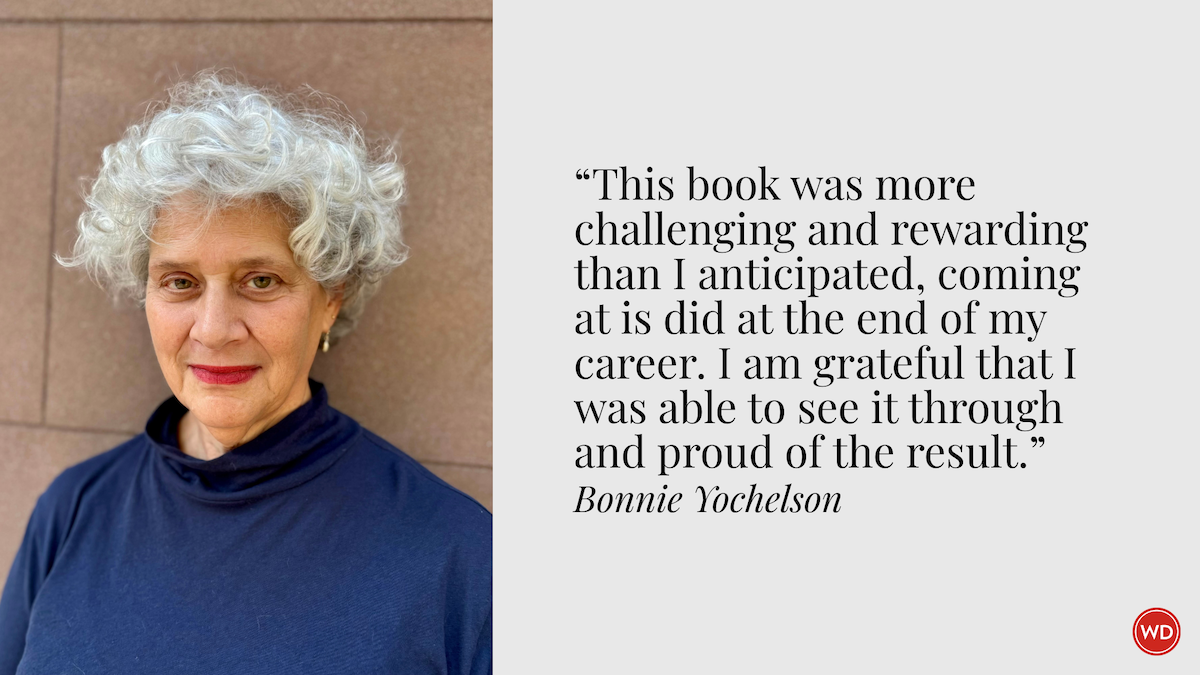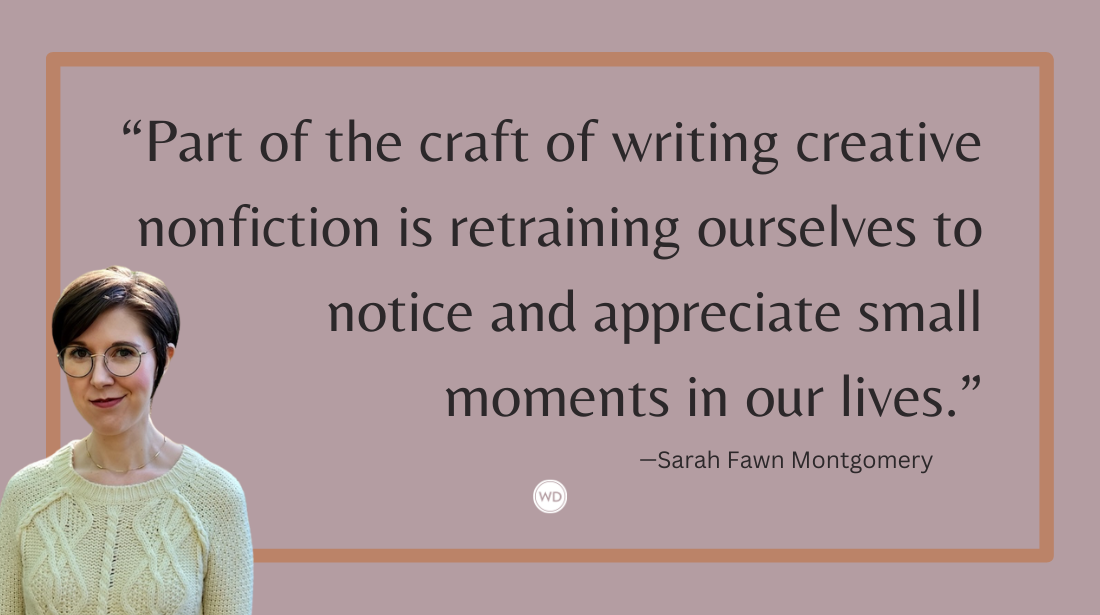The Metamorphosis of a Writing Project: From Blog to Book and Fiction to True Crime Memoir
For author Stephanie Kane, a real-life murder became known through various writing projects and genres. Here, she discusses the story’s path to her new book, True Crime Redux.
True Crime Redux has a checkered past.
It originated with a real murder, became a mystery novel, stuck a toe into traditional true crime, morphed into a blog, and ended up a true crime memoir. Craft-wise, each version sent me back to square one. Although going from mystery to nonfiction was a big leap, transforming blog posts into a coherent book taught me the most humbling lesson. But first, the story behind the story.
In 1973, when I was a sophomore in college, my mother-in-law-to-be was beaten to death in her garage right before my wedding to her son. I was one of the last to speak to her that morning, and one of the first to see her killer, my future father-in-law, before her body was found. That day left a strong impression on me. It took 50 years to get the story right.
My first attempt to tell it was a stand-alone mystery novel called Quiet Time. Published by Bantam right after 9/11, this heavily fictionalized version had a short life and a quick death. I set the murder aside and went on to write a series of legal thrillers. But in 2005, the killer’s sister saw me interviewed about Quiet Time on an old rerun of a canceled local TV show, went out and bought the book, and came forward with a confession her brother had made. Back in 1973 he’d been indicted, but the charges were dropped; now, because of Quiet Time, he was in the hot seat again. And I was a prosecution witness.
While the cold case worked its way up and down the courts, I was kept in the dark about most of the facts. Once it was over, I got the official file. Now the challenge was knowing too much. Harnessing the avalanche of facts into a tight third-person linear procedural was tough, but it attracted a top agent and some publishers. My traditional true crime book never sold, however; purging the emotion had flattened the story, and my connection to it was lost.
To rediscover the story, I had to make it my own. This required condensing the murder and what followed into digestible pieces and telling it in my voice. So, I turned to a blog.
Blogs get a bad rap. Everyone seems to have one, and it’s fashionable to call them obsolete. But a blog is a serialized form of storytelling with serious literary chops. The form dates back to the 19th century, when Charles Dickens published his first novel, Pickwick Papers, in a magazine in 19 installments over 20 months. A modern-day blog offers similar advantages. My vehicle for serializing the murder would be a 500- to 800-word box.
The format also suited my purpose. At its heart, a blog is an essay, a commentary on facts. Short posts cut to the chase; they make you distill the facts and dynamism of a personal journey into quick bites which hopefully add up to something bigger. They also produce immediate gratification. After years of trying to hammer the story into publishable shape, I needed that.
So, in short first-person bites, I re-entered the case. A theme quickly emerged: storytelling.
Each post’s title was a narrative trope, followed by a definition or punchy quote from the court record. This framed the material and made it dynamic, created a graphic and stylistic unity, and sharpened my focus.
I posted Cold Case Story Blog on my website. It ran in 50 or so installments, once a week for about a year. Writing it as a blog enabled me to understand the murder, and what it meant to me, in a new way. To have it all in one place, I mashed the posts together into an e-book. The e-book attracted a publisher.
Now for the humbling part: Reader expectations differ with format.
In a blog, readers dip in and out. Not all posts may be read, or read in consecutive order, so each must stand alone and make a concrete point. Conversely, to remind readers of characters and key details, from time to time they must be reintroduced. In a book, these expectations are flipped: Readers expect the story to have dramatic structure, to be told by a narrator with a clear stake, and not to be reintroduced to characters they’ve already met. True Crime Redux needed cohesion—narrative glue. And, of course, it needed a real ending.
Most of the glue came from adding front matter. An extended introduction established my role and voice. A table of contents, with chapter titles divided into labeled sections, underscored the dramatic arc. A list of persons involved became an efficient source of nicknames and something to refer back to if needed. I scoured every page for redundancies, and the ending finally put the story to rest.
It’s painful to admit that it’s taken me seven books to put myself in a reader’s shoes. Breaking the mold can be creatively thrilling, but each form carries distinct expectations. Unless those expectations are honored, readers won’t come along for the ride. We write for ourselves, but they have the final word.
Stephanie Kane is a lawyer and award-winning author of seven crime novels and one true crime memoir. After graduating from law school, she was a corporate partner at a top Denver law firm before becoming a criminal defense attorney. She has lectured on money laundering and white-collar crime in Eastern Europe and given workshops throughout the country on writing technique. Her crime novels have won a Colorado Book Award for Mystery and two Colorado Authors League Awards for Genre Fiction. She belongs to the Mystery Writers of America, Rocky Mountain Fiction Writers, and the Colorado Authors League. She lives in Denver with her husband and two black cats.








